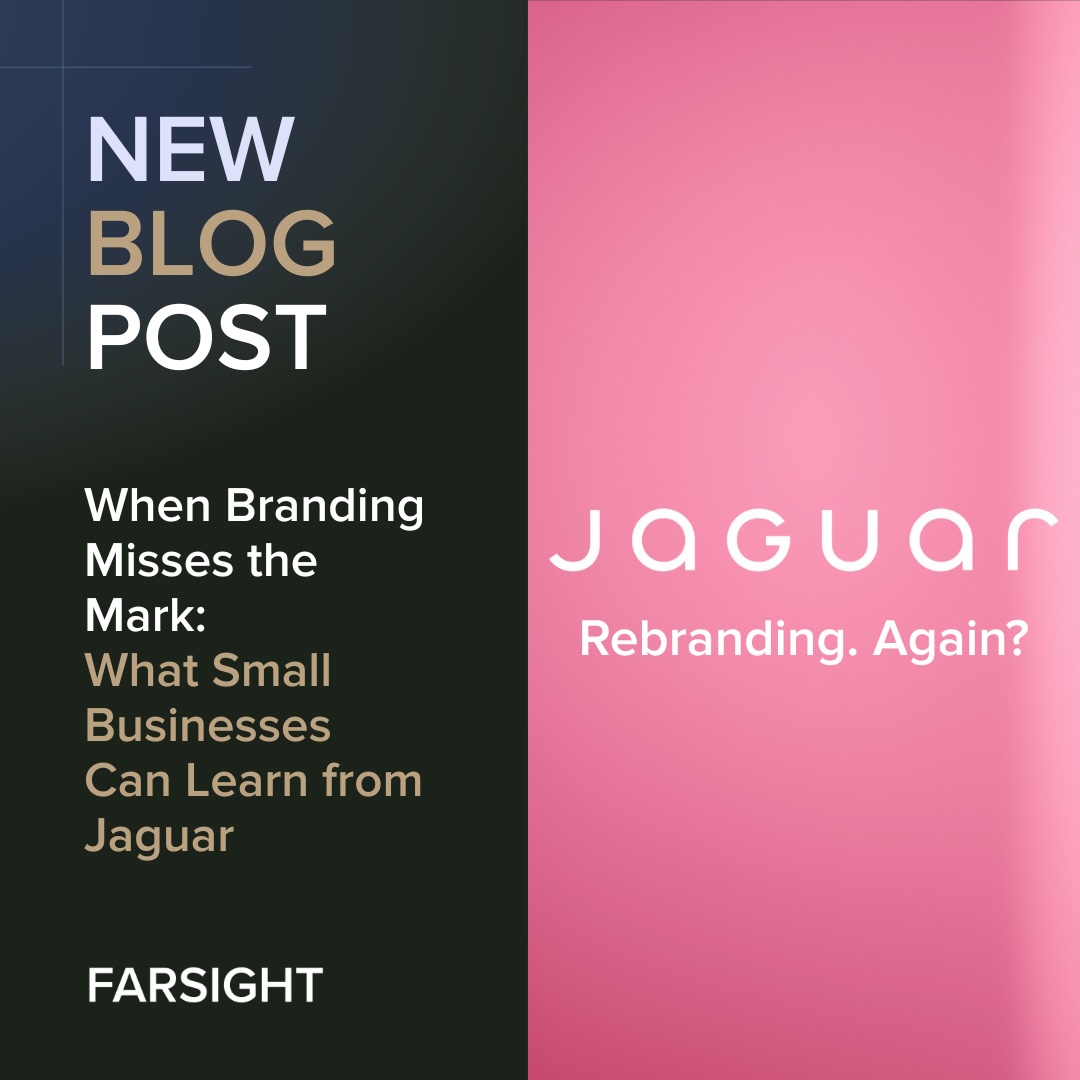Storytelling in Commercial Business: Connecting Audiences Through Narrative
Build a connection with your audience

The Art of Storytelling in Commercial Business: Connecting Audiences Through Narrative
In the realm of commercial business, the power of storytelling is often the driving force behind a brand's ability to resonate with audiences. The artful construction of a narrative not only captivates but also creates meaningful connections that can lead to lasting consumer loyalty. By integrating the time-tested three-act structure into their storytelling, businesses can deliver messages that not only inform but also emotionally engage.

The Three-Act Structure: A Foundation for Success
The three-act structure is an age-old narrative technique that divides a story into three pivotal segments: the setup, the confrontation, and the resolution. This framework is universally recognised for its ability to organise content in a way that is immediately relatable and engaging to audiences, making it exceptionally beneficial in advertising and business communications.
- Act One: The Setup lays the groundwork for the narrative. In the realm of business marketing, this act serves as a crucial introduction to the brand's characters - which can be the company, its customers, or the product itself. Here, the context is established, clarifying the environment in which the brand operates and setting the stakes high. For instance, when launching a new product, this phase would focus on introducing the product, underscoring its uniqueness, and highlighting how it fits into or disrupts the existing market landscape.
- Act Two: The Confrontation escalates the narrative by introducing conflict or challenges that the characters must overcome. In a business context, this act is pivotal as it addresses the pain points or problems that potential customers face. By illustrating these challenges - be it through customer testimonials, data-driven scenarios, or hypothetical situations - the brand effectively builds tension and empathy. This act not only articulates the problem but also begins to hint at the brand’s role in providing a potential resolution.
- Act Three: The Resolution brings closure to the narrative by resolving the conflict introduced in Act Two. This final act is where the product or service is positioned as the hero that addresses the earlier challenges. Demonstrating the effectiveness of the solution not only resolves the narrative tension but also cements the brand’s value proposition in the minds of the audience. The resolution should leave the audience with a clear understanding of the product’s benefits, possibly through a compelling call to action or a showcase of successful case studies.
At Farsight, we advocate for the strategic use of the three-act structure to refine our storytelling techniques. We believe that a narrative crafted with this structure does more than convey a message - it engages the audience on an emotional level, enhances message retention, and drives meaningful interaction. By employing this method, our marketing campaigns do not merely inform; they resonate and inspire action, fostering a lasting connection with our audience.

Connecting Through Emotional Hooks
One of the most effective ways to reach an audience is through emotional hooks. These hooks tap into the audience’s feelings, creating a strong emotional response that makes the message stick. Advertisements like John Lewis's 'The Long Wait' or Apple's iconic ‘1984’ commercial serve as prime examples of how powerful these emotional connections can be. In 'The Long Wait,' viewers are drawn into a touching story of a young boy eagerly counting down to Christmas not to receive, but to give a gift, highlighting the joy of generosity. Apple's 1984 ad, with its themes of rebellion and freedom, tapped into a cultural zeitgeist, appealing to a sense of individualism and anti-conformity.


The Benefits of Narrative Connection
The benefits of using storytelling in business are extensive. A narrative that connects emotionally can make a brand memorable, encouraging repeat engagement and fostering brand loyalty.
Moreover, a good story displayed via your online media can significantly boost a brand's visibility and desirability. After the release of successful campaigns, brands often see a surge in interest, which can translate into increased sales and market share. A compelling narrative can also serve as a differentiator in a crowded market, setting a brand apart from its competitors.
Conclusion
The art of storytelling in commercial business is not just about creating content; it's about making connections. By utilising the three-act structure and embedding emotional hooks within the narrative, companies can produce not only a product but also an experience. At Farsight, we are committed to pushing the boundaries of what storytelling can achieve, ensuring that each narrative we help shape is not only heard but also felt.
As we continue to explore the vast possibilities of narrative in business, we invite you to consider: how could your brand's story influence your audience today?
If you're looking to tell your story but aren't sure where to begin, Farsight would be delighted to support you in sharing your unique narrative. Visit us at www.wearefarsight.com to learn how we can help.
Join the list to recieve bi-weekly company news, tips and tricks and hear from our partners.










